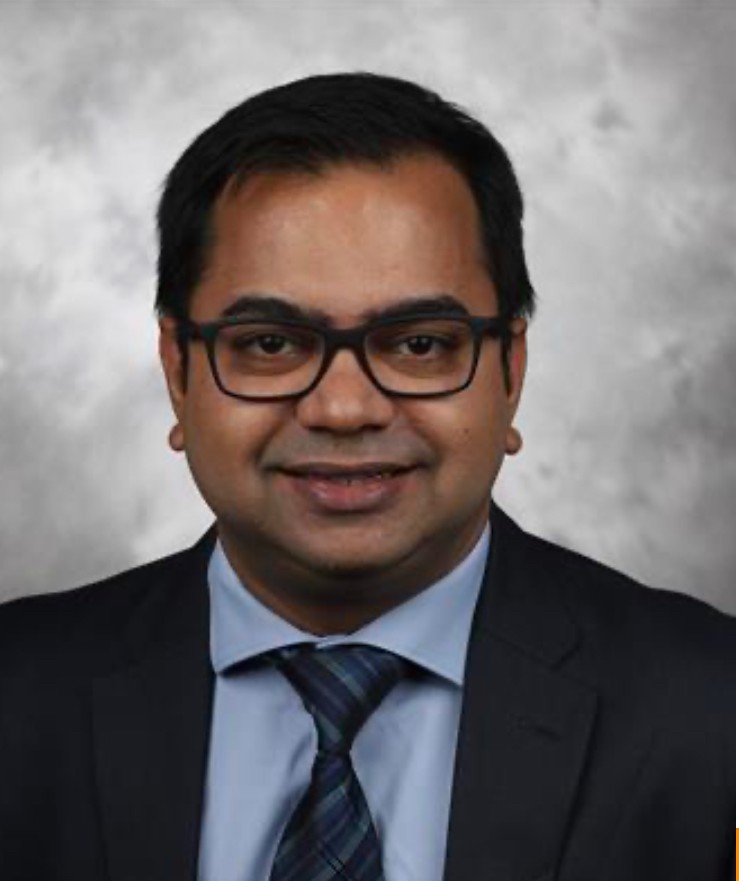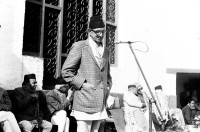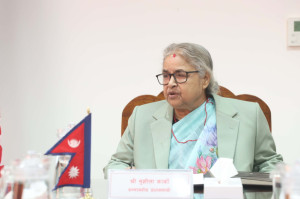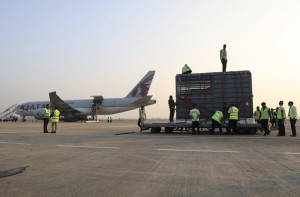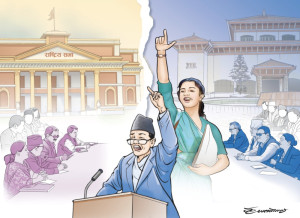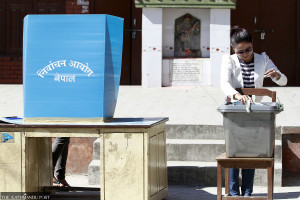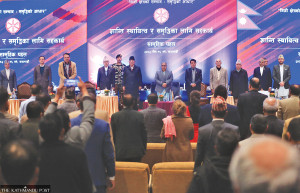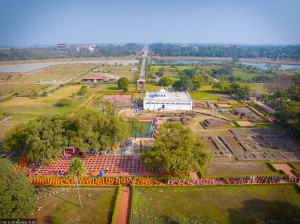Columns
Nepal’s migrating doctors
For every 3,000 people, there is just one doctor. The situation is worse in rural areas.
Dr Munish Sharma
Modern healthcare in Nepal has a relatively short history. Bir Hospital, the first in the country, was established in 1889 during the reign of Prime Minister Bir Shumsher Jung Bahadur Rana. The establishment of the Nepal Medical Association (NMA) in 1951 and the Nepal Medical Council (NMC) in 1964 were significant milestones in regulating and professionalising the medical field. It laid the groundwork for medical advancement.
Since the inception of the NMC, the number of registered physicians has steadily increased. As of mid-January 2024, the NMC had registered 45,498 doctors, including 30,027 medical doctors and 4,883 dentists, according to the Economic Survey of 2023-24. However, the Nepal Medical Council figures show that many of these physicians no longer practise in Nepal, with fewer than 15,000 actively engaged in the country’s healthcare system.
Nepal has also seen an expansion of medical colleges and hospitals over the past few decades. The country now has over 20 medical colleges and multiple tertiary care centres. Yet, employment opportunities for doctors, especially in the government sector, have not kept pace with the number of graduates. The number of government job openings isn’t sufficient. The President of the Nepal Resident Doctors’ Association (NRDA), in an article in 2022, mentioned that Nepal had 1,200 permanently employed government doctors at that time.
According to the World Health Organisation (WHO), the ideal doctor-to-patient ratio should be 1:1,000. This ratio is estimated to be around 1:3,000 in Nepal, which means that for every 3,000 people, there is just one doctor. The situation is worse in rural areas, with a ratio of 1:150,000. One wonders what’s wrong. Where have Nepal’s doctors vanished?
Several Nepali doctors have migrated abroad for better training, career opportunities and working conditions. The most common destinations are the United States, the United Kingdom, Australia, Canada and Middle Eastern countries. This trend raises a question: How do we improve the doctor-to-patient ratio and create a more stable healthcare system?
One of the major drivers of physician migration is the lack of robust postgraduate training programmes. Physicians leave because Nepal lacks structured residency (postgraduate training) and fellowship programmes in key medical specialties and subspecialties. Expanding medical residency programmes, ensuring fair selection criteria and integrating them with international standards can reduce the brain drain.
Additionally, postgraduate training should be accessible without exorbitant fees, with provisions for more scholarships to support talented but financially constrained candidates. Another critical issue is compensation and career progression. Physicians in Nepal, especially those working in government hospitals, earn salaries that are often disproportionate to their workload and expertise. Providing competitive salaries and financial incentives can help retain talent.
Similarly, creating transparent merit-based systems for career progression can give physicians a reason to invest their careers in Nepal. Furthermore, it is also necessary to increase job opportunities—especially in government hospitals—to meet the growing healthcare demands. This can help prevent underemployment and ensure newly trained physicians have viable career opportunities.
Beyond financial incentives, improving work conditions is crucial. Physicians are often overworked, under-resourced and exposed to occupational hazards, including violence against healthcare workers. Strengthening hospital infrastructure, ensuring adequate medical supplies and implementing workplace safety policies can create a more supportive working environment. The government must acknowledge that retaining healthcare professionals is as vital as producing them.
Implementing policies that offer financial incentives, tax breaks and loan forgiveness for doctors who have served in Nepal for a certain number of years can help encourage retention. Countries like Canada and the UK have adopted similar rural retention programmes with financial benefits and loan repayment assistance. Finally, building a sense of professional belonging is essential. Many doctors who leave Nepal do so not only for financial reasons but also because they do not see a future for themselves in the system. Creating mentorship networks, professional organisations and research opportunities gives them a sense of professional fulfilment and belonging, making Nepal a more attractive place to build a long-term medical career.
The shortage of physicians is not a challenge unique to Nepal. Even in the United States, one of the most advanced healthcare systems, there remains a stark mismatch between the number of doctors and the growing patient population, particularly in primary care and rural settings. However, the US has tried to recognise this gap and implemented measures to address it—an approach that perhaps Nepal can learn from and adopt if feasible.
In the US, medical graduates are systematically absorbed into the healthcare workforce through a well-organised residency match system, ensuring a structured and predictable career pathway for physicians and a continuous workforce supply. Financial incentives also play a role in this. Loan repayment and forgiveness programmes are offered to young physicians to serve in underserved regions, making it a viable option rather than a sacrifice.
Furthermore, hospitals and academic institutions invest in retaining talent by offering career advancement opportunities, research funding and leadership development—a source for professional growth and stability. Beyond physician retention, the US has also recognised the need to optimise its workforce. Nurse practitioners (NPs) and physician assistants (PAs) are now integral to delivering primary and specialised care, particularly in high-demand areas. With appropriate training and incentives, they help fill the gap in healthcare access without compromising quality. Nepal, too, could benefit from strengthening and expanding the role of mid-level providers.
Losing trained doctors to foreign countries is a serious issue. Addressing it requires altering systemic policy prescriptions, investing in medical education and establishing a government that values healthcare. Healthcare providers are driven by more than just financial gain—they seek professional growth, respect and the ability to provide quality care.
Until Nepal develops a healthcare system that retains its doctors, the cycle of physician migration will persist, leaving the doctor-to-patient ratio unmet. Hopefully, vanishing doctors will reappear with the right changes, and bright minds will no longer consider leaving Nepal.




 6.84°C Kathmandu
6.84°C Kathmandu